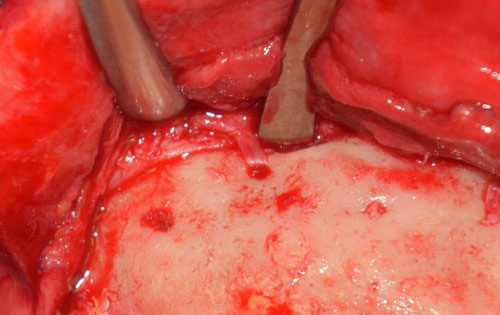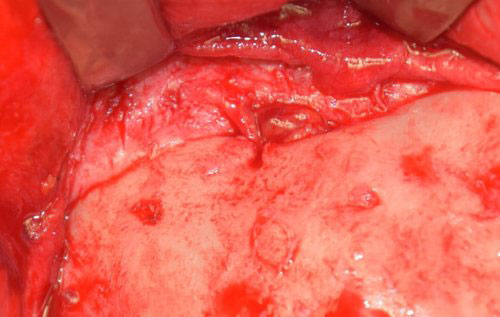Helena O. Taylor MD, PHD, FACS & Stephen R. Sullivan, MD, MPH, FACS
Named Among the Best Plastic Surgeons in Boston
Releasing the strain of muscles on the face and scalp can also help reduce the frequency and severity of migraine headaches. Patients with frequent migraines causing disruption in school or work schedule can benefit tremendously from Botox treatments when other treatments fail. Improvement with Botox may also be an indication for surgical release.
Patients who are followed closely by a neurologist and who benefit from Botox might consider decompression of nerves on the forehead or back of the skull. When considering Migraine Headache Surgery Boston board certified plastic surgeons Dr. Taylor and Dr. Sullivan are also craniofacial surgeons and have expertise operating on facial and scalp nerves. Forehead nerves, known as the supraorbital and supratrochlear nerves, can be decompressed through cosmetically favorable incisions in the upper eyelid such as those used for an eyelid lift.
Eyelid lift, or blepharoplasty, can also be performed simultaneously with releasing compressed nerves causing migraine headaches.
This procedure can be performed under local anesthesia with limited downtime and a relatively rapid recovery. Another common site of nerve compression is the occipital nerves on the back of the head. The occipital nerves can become compressed by the occipital arteries and muscles leading to migraine headaches.
Through an incision hidden in the hair on the back of the head, Dr. Taylor and Dr. Sullivan can release the occipital nerves to help alleviate nerve compression that may be contributing to migraine headaches. No hair is cut and our Boston migraine surgery patients recover rapidly and go home on the same day with this short procedure.
WHAT MIGRAINE HEADACHE SURGERY DOES
DURATION OF RESULT
Years
LENGTH OF PROCEDURE
1-3 Hours
TYPES OF ANESTHESIA
Local, Sedation (sleepy) or General Anesthesia
RECOVERY
TIME OFF WORK
TIME OFF ACTIVITIES
These images demonstrate release of the supraorbital nerve, which can become compressed and contribute to migraine headaches. The operation can often be performed with a limited and cosmetically satisfying approach through the upper eyelid. These images, however, demonstrate a less common and more extensive open or coronal incision approach. On the left, the supraorbital nerve is seen passing through a tight bony canal where it is compressed and causing pain. On the right, the supraorbital nerve has been released by peforming a bony osteotomy. The nerve is no longer entrapped in the tight bony canal and is also released from stretch. Many patients who undergo cranial nerve release can experience tremendous relief from migraine headaches. Contact Dr. Sullivan and Dr. Taylor to learn more about surgical cranial nerve decompression or Botox for migraine headaches.


Call Today 617.492.0620
To schedule a private consultation with Dr. Taylor or Dr. Sullivan, please call the office or request an appointment using our form. We welcome your visit and your questions.
300 Mount Auburn St. Ste 304, Cambridge, MA 02138





